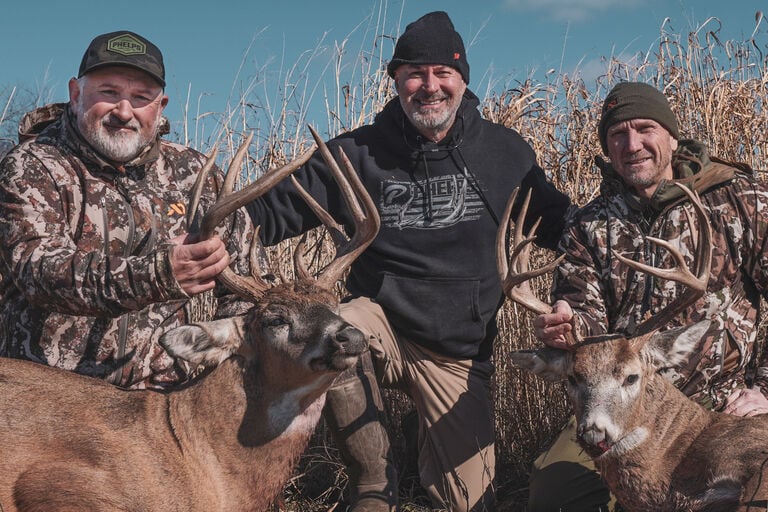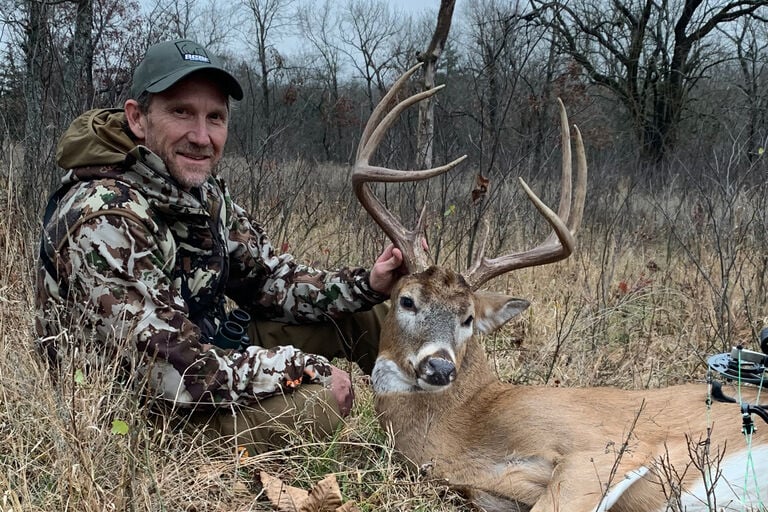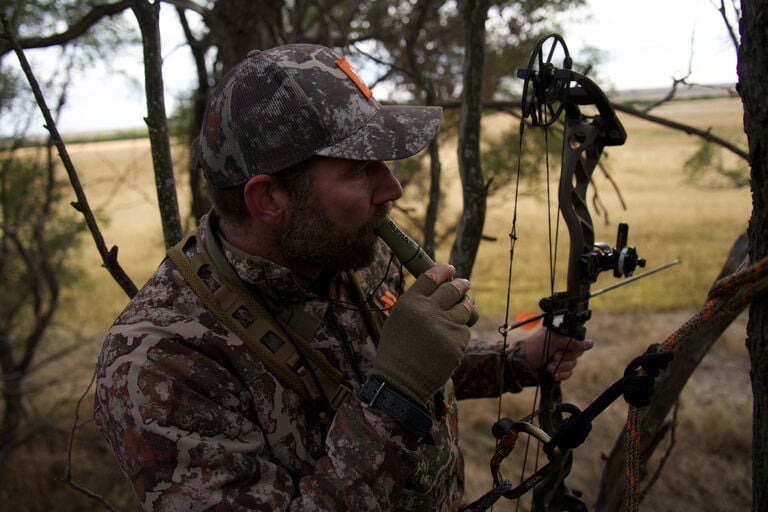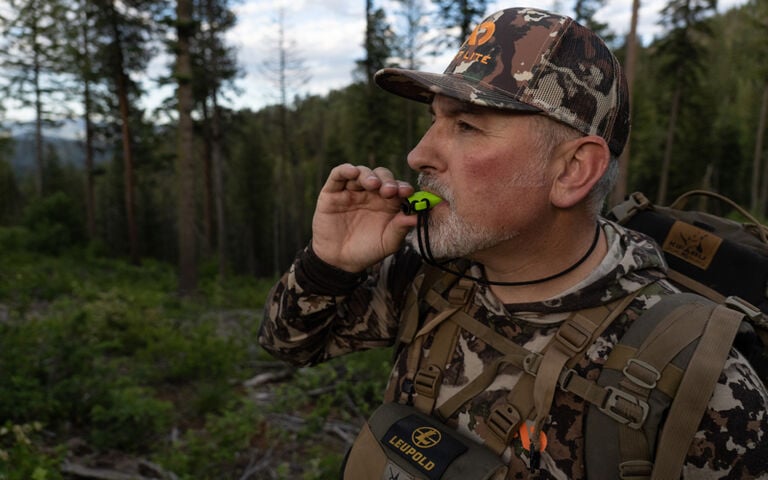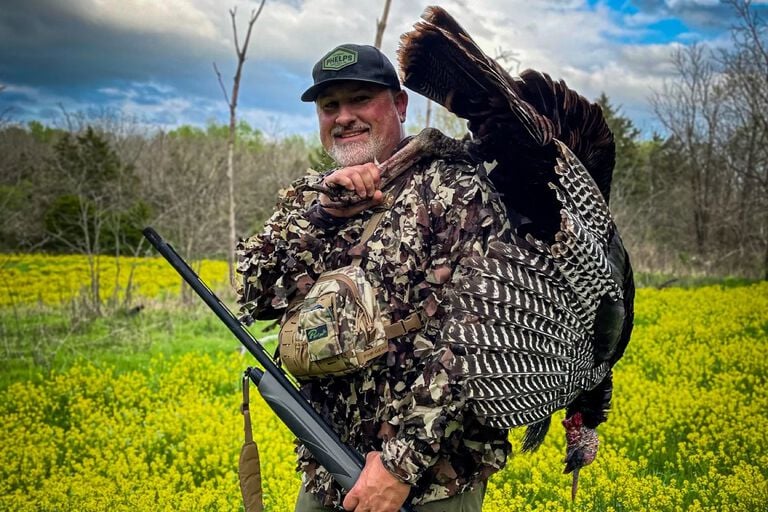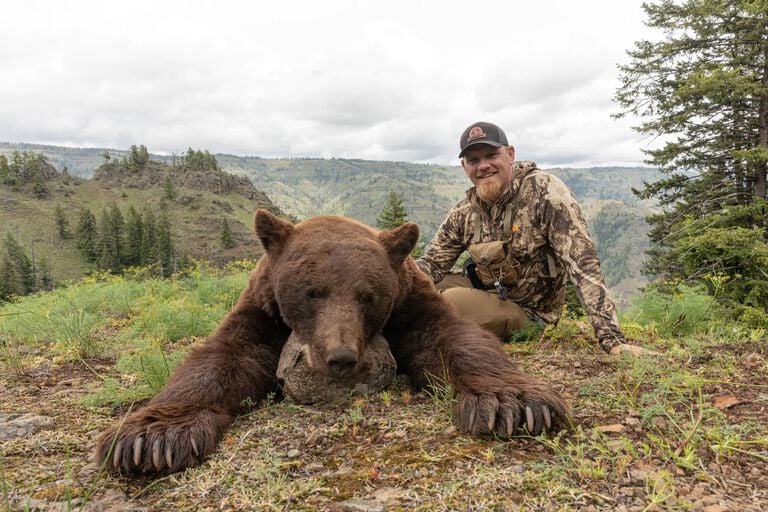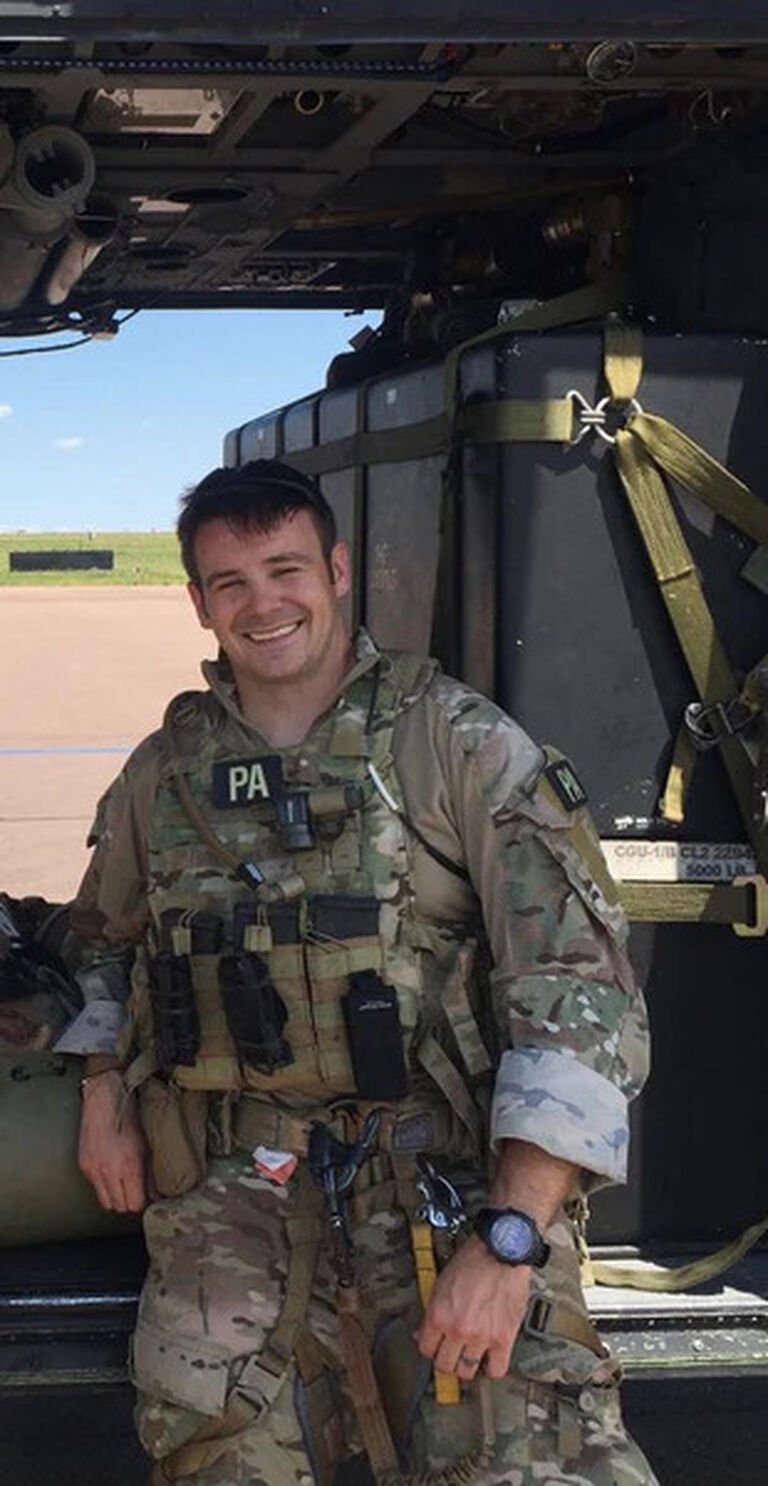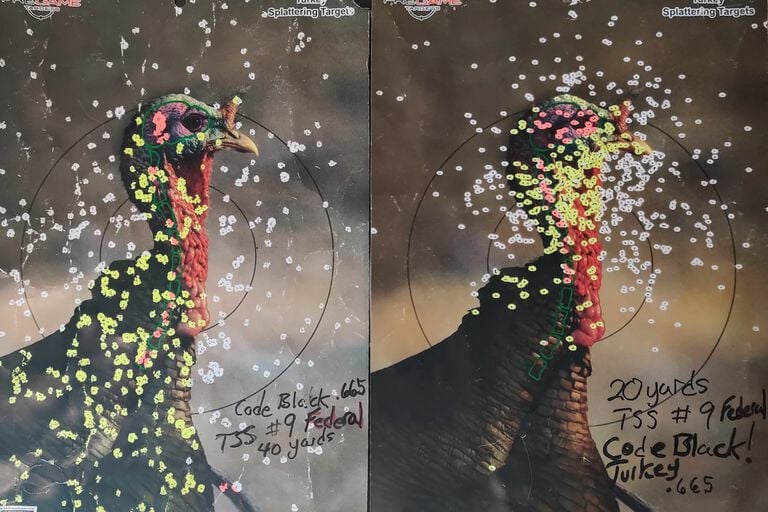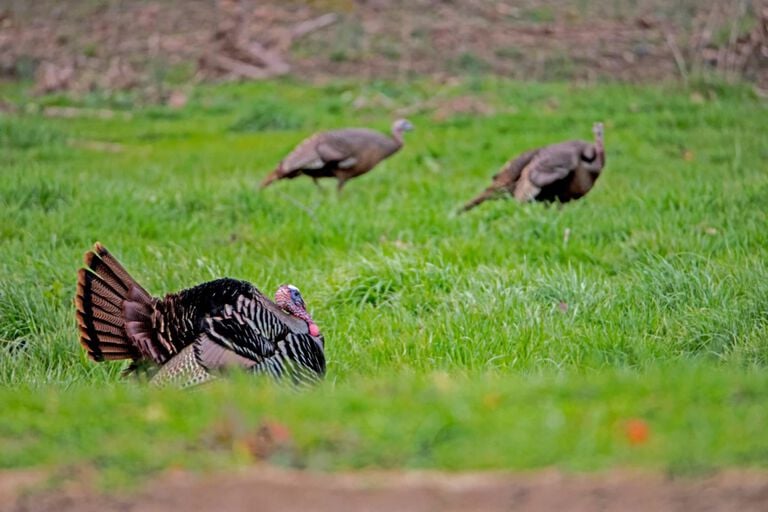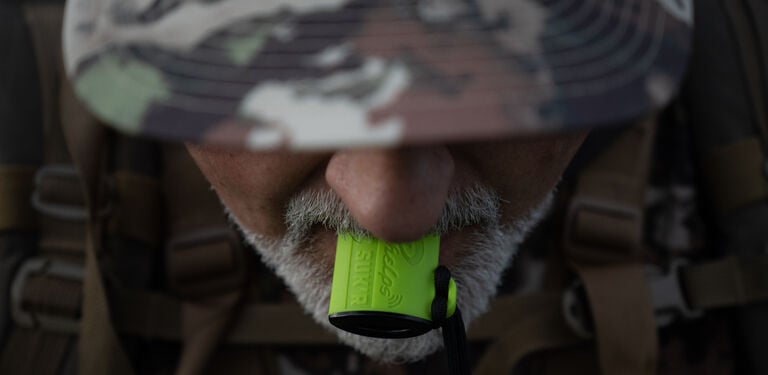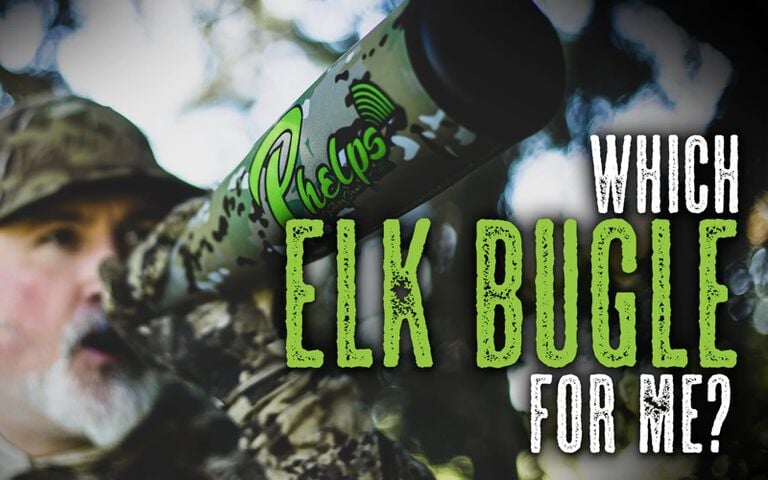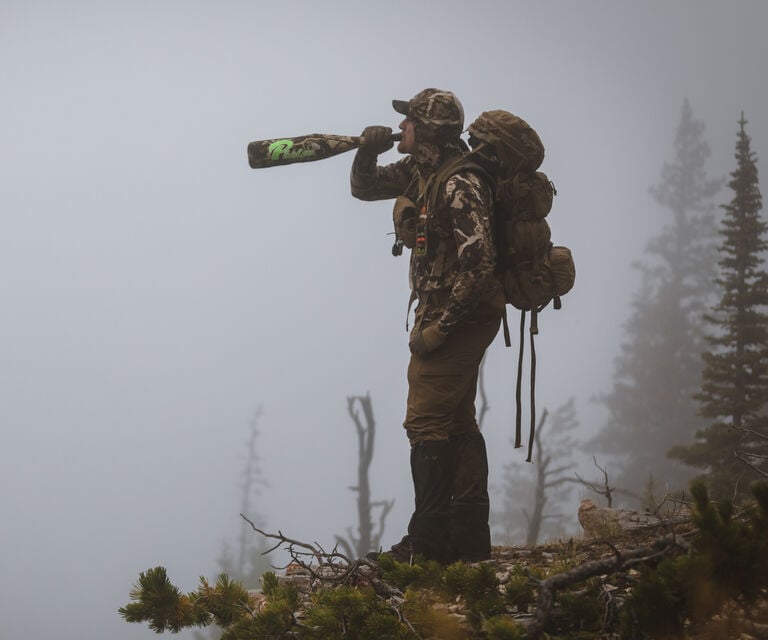Whitetail Communication - What calls work best, and when
Posted by Tony Peterson on October 10th, 2022



Elk and turkey hunters live off of communication with their quarry. Whitetail hunters, mostly don’t. This is due to the reality that deer aren’t quite as vocal a other critters, and we generally don’t understand when to use specific calls. However, anyone who breaks through this barrier, and learns to read deer while utilizing the right calls for the moment, is sure to level up as a whitetail hunter. Following are a few different calls and when they should be used.
Contact Grunts
I love a soft, short contact grunt throughout the entire season. This is best used with a buck that is just killing time in a staging area, or maybe browsing his way through a clear cut. A quick grunt when his head is down is often all you need to get his attention. If he perks up, let him look, and then gauge his reaction. If the head goes down, give him another grunt. Eventually, he’ll make a decision. If he comes in, shut up. If he keeps going, keep giving him a short grunt when he puts his head down or looks away. Every time he acknowledges you, read his body language and act accordingly. Our Beta Pro Grunt Tube is ideal for this season-long approach to making contact. Our Omega Hybrid is as well, but this call also shines if you happen to see a few bucks together. If there is one deer in the group that is obviously older, a few contact grunts from the Omega Hybrid, which is designed to produce a more immature sounding grunt, can be absolutely lethal.
Rutting Grunts
When you hear a live buck grunt, it’s often much lower and softer than you’d expect. Except, sometimes, it isn’t. A buck that is really fired up will do one of two things—he’ll do a sequence of grunts that seem to peak with every footstep. These are often called tending grunts. The other thing he’ll do, is grunt really loudly and aggressively. This is what people often refer to as a roar. Mature bucks will throw both of these vocalizations out from the immediate pre-rut to the end of the breeding phase. Our Alpha Pro is producing these sounds and imitating a serious chase.
The key to this is to not be timid, but to try to sound like a mature buck that has all the confidence in the world that he’s the top dog in the woods.
Doe Bleats
Doe bleating is one of the most misunderstood, and underutilized, calls on the market. Does are vocal, social animals and their primary call is a bleat, which can be timed with a tending grunt series, or can be used to call in both does and bucks. This is where our DOA Doe Bleat Call shines, because is designed to allow you to speak like one of the ladies. This has obvious benefits when you’re targeting rutting bucks. But, this is really a season-long strategy. All deer will respond to doe bleats, because it’s a call that won’t be misconstrued as a potential threat. You can also use this call to really spice up a decoying setup, especially if you use a buck and a doe decoy together.
Fawn Calls
There are basically two types of fawn calls. The first is a bleat, that is usually shorter and a little higher pitched than a doe bleat. The second is the sound of a fawn that is about to be something’s breakfast. To mimic this, we created our Fawn In Distress Call, which can work on deer in a couple of different ways. The first is if you’re interested in filling an antlerless tag. A fawn in distress call will key in on the maternal instinct of nearby does, and they often come running. It’s also a curiosity call for all deer, which means you might draw in a concerned doe, or just a buck that wants to see what is going on. The key to using this call is to be ready. If a deer does respond, it’ll usually come in hot (and not stick around all that long).





